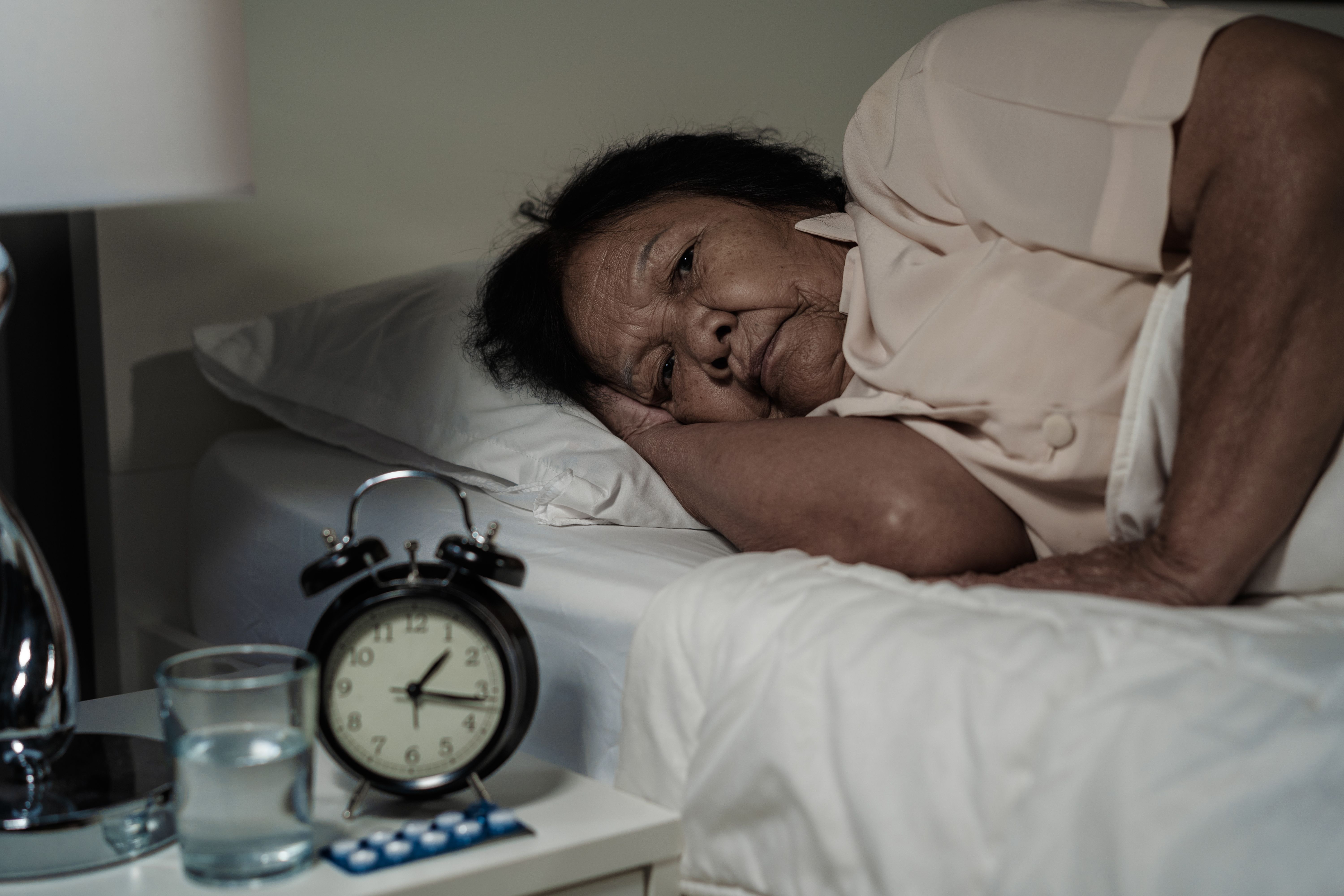Short sleep and low bone mineral density
Postmenopausal women who reported 5 hours or less of sleep per night had increased rates of low bone mineral density (BMD) and osteoporosis, according to research from JBMR.

Postmenopausal women who reported 5 hours or less of sleep per night were modestly more likely to have low bone mineral density (BMD) and osteoporosis of the hip compared to postmenopausal women who reported sleeping the recommended 7 hours per night, according to a study of 11,084 postmenopausal women from the Women's Health Initiative (WHI). The study in the Journal of Bone and Mineral Research (JBMR) detected a similar pattern for spine BMD between the two groups.
“Previously, we found that women with short, long and disturbed sleep had more falls and fractures,” said principal investigator Heather Ochs-Balcom, PhD, an associate professor of epidemiology and environmental health at State University of New York at Buffalo. “As follow-up, we studied whether sleep associated with BMD and osteoporosis risk could explain our prior findings.”
Methods
The study was composed of the WHI dualâenergy Xâray absorptiometry (DXA) cohort. These were menopausal women with a mean age of 63.3 years who had a complete DXA scan at the WHI baseline visit.
Hip, spine, and whole body DXA scans were performed with a Hologic QDR scanner by certified and trained operators. Bone measures of interest included BMD of the total body, total hip, femoral neck and spine. Women were further classified as having low bone mass (Tâscore between −2.5 and − 1) and osteoporosis (Tâscore ≤ −2.5) compared to normal (Tâscore ≥ −1). Sleep behavior was assessed at WHI baseline via selfâadministered questionnaires, whereas sleep quality was evaluated using the WHI Insomnia Rating Scale (WHIIRS).
Findings
After adjusting for age, DXA machine, race, menopausal symptoms, education, smoking, physical activity, body mass index (BMI), alcohol consumption, physical function and sleep medication usage, the investigators concluded that women reporting 5 hours or less of nightly sleep had higher odds of low BMD and osteoporosis of the hip versus women who reported 7 hours of nightly sleep: adjusted odds ratio [AOR] = 1.22; 95% confidence interval [CI]: 1.03 to 1.45, and AOR = 1.63; CI: 1.15 to 2.31, respectively. For spine BMD, women with 5 hours or less of nightly sleep also had higher odds of osteoporosis vs. the 7-hour group: AOR = 1.28; 95% CI: 1.02 to 1.60.
“However, associations of sleep quality and DXA BMD failed to reach statistical significance,” Dr. Ochs-Balcom told Contemporary OB/GYN. “Still, the higher risk of osteoporosis in the short sleep group is equivalent to 1 year of aging.”
Conclusions
Dr. Ochs-Balcom said it is not surprising to observe that sleep has an influence on BMD. “Insufficient sleep is linked to many different chronic conditions, and now bone health can be added to the list,” she said. “Getting sufficient sleep is recognized as important for preventing chronic disease, along with not smoking, being physically active, limiting alcohol consumption and maintaining a healthy weight.”
In addition, while the study has only limited clinical significance, “it can help serve as a reminder to be conscious of sleep behavior and try to improve it where possible,” Dr. Ochs-Balcom said. “Evidence suggests that about one-third of Americans are not getting 7 hours of sleep per night.”
Among the ways to improve sleep hygiene are having a consistent bedtime routine, putting down the electronics before bedtime and regularly exercising, according to Dr. Ochs-Balcom. “Longitudinal studies are also needed to confirm the cross-sectional effects of sleep duration on bone health and explore associated mechanisms,” she said.
Disclosures:
Dr. Ochs-Balcom reports no relevant financial disclosures.
USPSTF recommends osteoporosis screening for senior women to prevent fractures
January 20th 2025The US Preventive Services Task Force emphasizes screening for osteoporosis in women aged 65 years and older and at-risk postmenopausal women aged under 65 years, citing moderate benefits in fracture prevention.
Read More
Hysterectomy without adnexal surgical procedure raises osteoporosis risk
December 19th 2023A recent study reveals that hysterectomy without an adnexal surgical procedure increases the risk of osteoporosis among women aged 40 to 59 years, emphasizing the need for informed patient consultation regarding this potential association.
Read More
